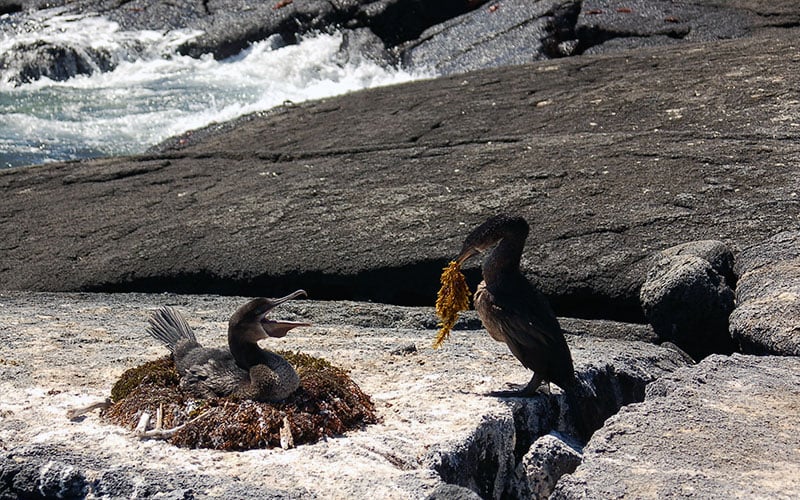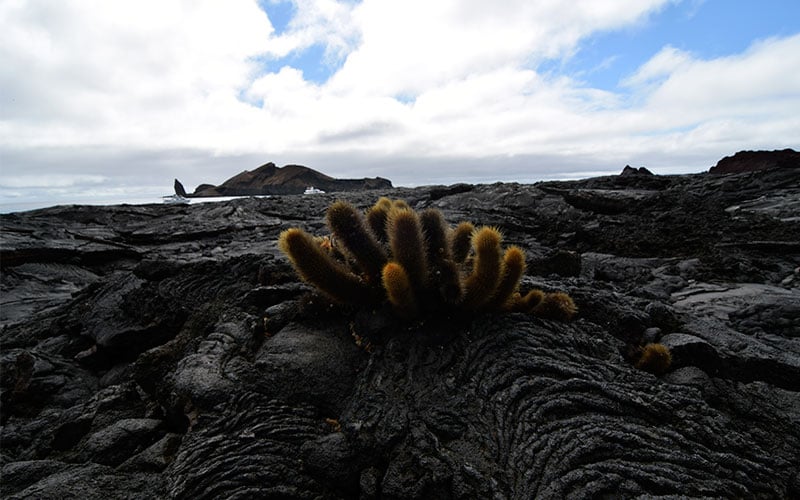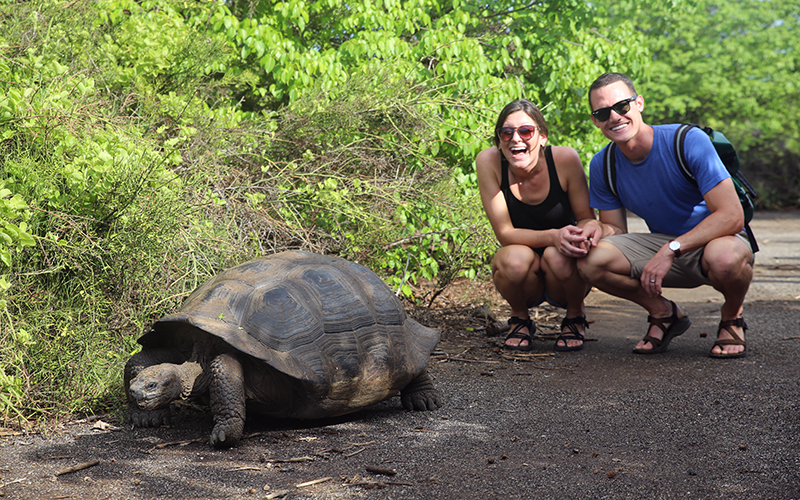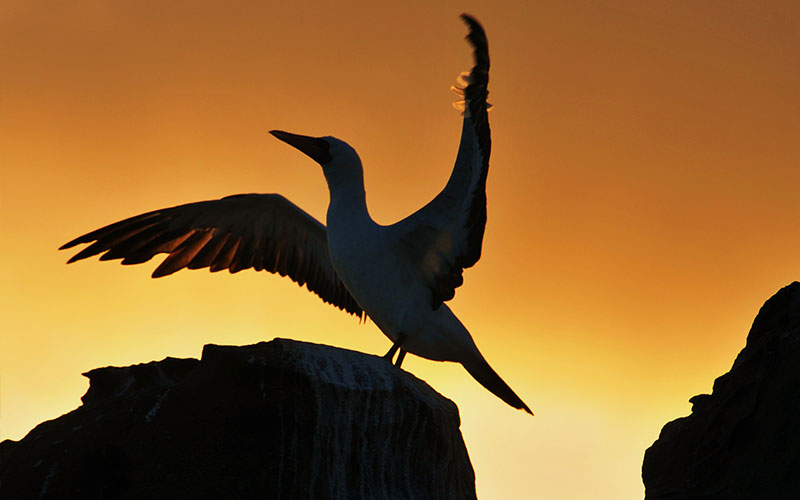A “must-visit destination,” “undiscovered gem,” “expert pick”—these are some of the descriptions travel pros are using to shine a light on one of the globe’s best-kept secrets: Ecuador. The country has seen a boom in tourism over the last decade as more and more visitors fall in love with its rich indigenous culture, colonial mountain towns and, of course, the jewel in this already shimmering crown: the Galapagos Islands, an archipelago, national park and U.N. World Heritage Site wholly unique to South America and a singular haven for eco-tourism adventure. So what makes these tiny volcanic islands so sought-after? Here are just a few reasons.

Flora & Fauna
The Galapagos are a naturalist’s dream, filled as they are with a diverse array of plant and animal life. This includes such exotic flora and fauna as giant cacti, finches, flightless cormorants, and the famed giant tortoise, whose average life span of 100 years makes it the longest living vertebrate on earth. Rumor has it that there may even be a “great-grandpa” tortoise that hatched around the time Darwin arrived at the islands—in 1835. But the magic doesn’t exist only on land. The seas around the islands are a protected marine reserve featuring myriad aquatic species. Coral life, sharks, tropical penguins (the only such warm-weather penguins in the world), marine iguanas and sea lions are just some of the creatures you’ll encounter. Divers here will find that many of these animals are so used to human contact that they’ll happily frolic alongside them as they make their way through the great underwater ecosphere.

Geology
The Galapagos are a marvel of geological activity. These volcanic islands are relatively new in the grand scheme of things (Isabella and Fernandina, the biggest islands, are said to be less than one million years old). Their formation occurred on the sea floor, at which point three tectonic plates converge and produce geological processes that continue to this day.
History
The “theory of natural selection.” Darwin himself probably didn’t realize that disembarking the H.M.S Beagle and setting foot on the Galapagos in 1835 would have such far-reaching implications. These islands became a great laboratory used by a single human naturalist in order to further our understanding of the origins of the human species. Not a bad legacy overall.

Ecosystem
The Galapagos’ isolated geographical location (some 605 miles from the South American mainland) has allowed it to become the haven for diverse animal and marine life that it is. But this ecosystem is a fragile one. For centuries all elements of these islands worked in harmony, but with human encroachment (the islands receive some 170,00 tourists each year) and illegal fishing, this delicate balance is being threatened. Protection rests with the good folks at the Galapagos National Park Service. But there is still a way to enjoy this marvel of Mother Nature responsibly and in a way, so it ensures the Galapagos will exist for posterity. So take advantage of the moment and get your free travel quote today. The Galapagos islands are waiting.

